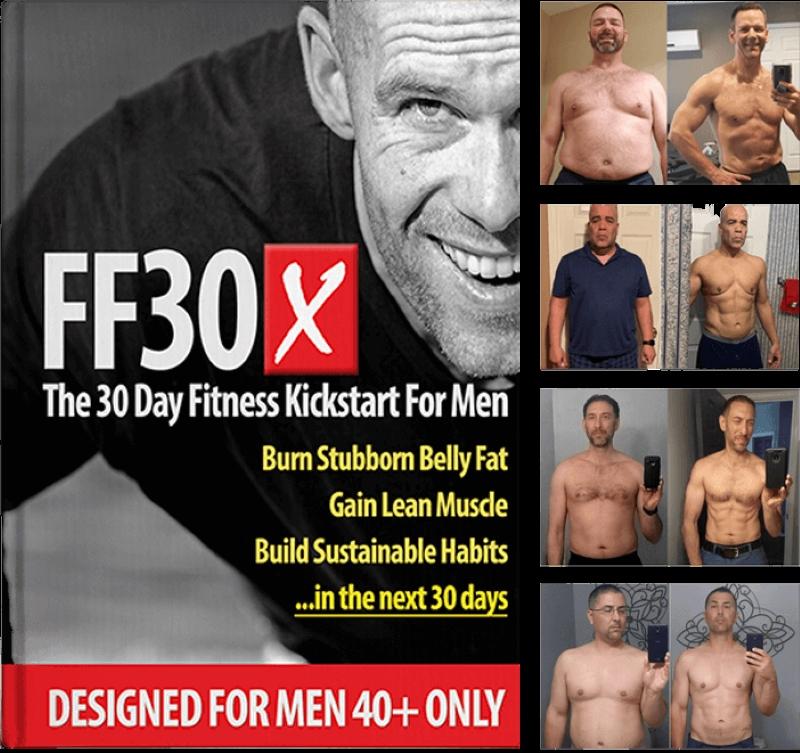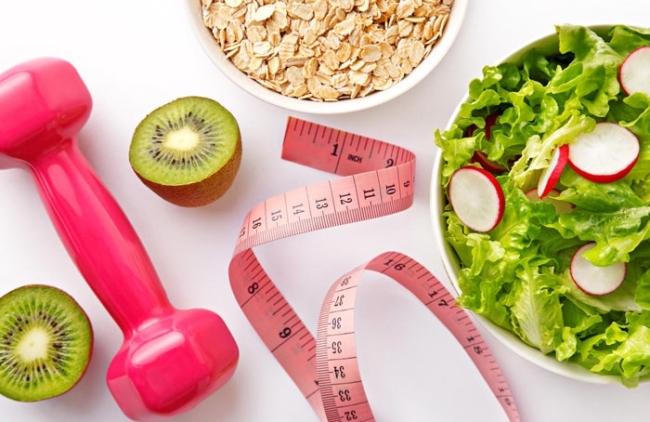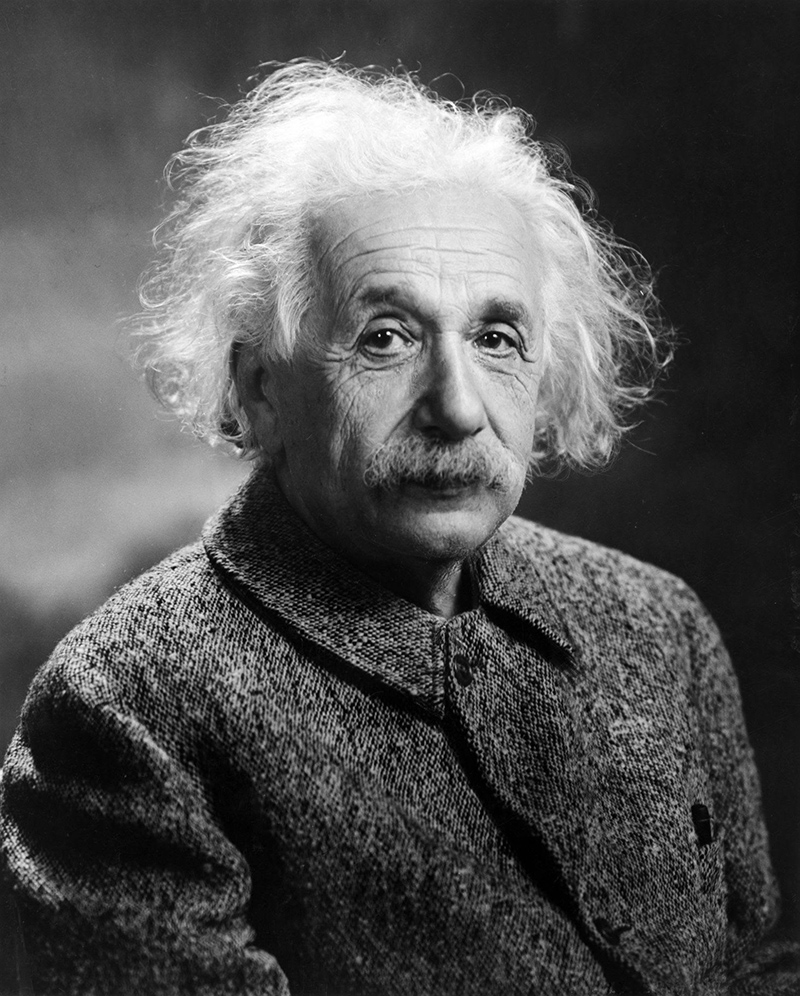Many people in the training process always want to achieve the best performance in the shortest amount of time.
If you consume regular nutritious foods like everyone else's diets, you will achieve similar results in the same amount of time.
However, if you want to optimize this workout and get better results, some organic compounds need to support muscle activity to increase strength and stimulate muscle growth after exercise.
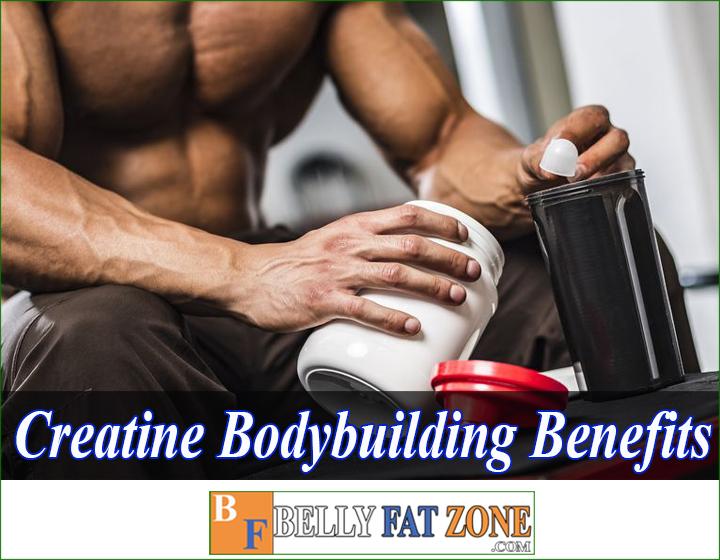
However, choosing which compound and how to use it is one of our utmost concerns because organic compounds affect our health. If choosing incorrectly, it will be effective. Poor results, sometimes even bad for health.
Within the scope of this article, BellyFatZone invites you to find out what Creatine is and the benefits of fitness – bodybuilding?
What is creatine?
Creatine (also known as Creatine Monohydrate) is an organic compound responsible for increasing working muscles' energy, increasing strength, and stimulating muscle growth after training.
Creatine can be created in the body and can be absorbed from foods like fresh meat.
Creatine is produced inside the liver, kidneys, and pancreas. The compound is then delivered to muscle tissue throughout the body by the blood.
When moving to meet muscle tissue, this organic compound will be converted into Creatine Phosphate.
This form of energy will be used to regenerate muscle energy (ATP). In general, when training, ATP will be greatly reduced, while Creatine will help restore it.
Benefits and usage of Creatine during gym
The world of gym supplements is prosperous, from Whey, BCAA, Pre-Workout to Creatine …
In this article, we will learn all the information you need to know about creatine. Is it safe, effective, and necessary for you?
What is creatine?
Creatine is a substance found naturally in muscle cells. It helps your muscles produce energy during heavy workouts or intense exercise.
It can be supplemented with creatine foods in bodybuilding for athletes and bodybuilders to enhance strength, muscle, performance, and resilience.
Chemically, it has many similarities with amino acids. Your body can produce creatine from glycine and arginine amino acids.
Where is creatine located in the body?
About 95% of the body's creatine is stored in muscle as phosphocreatine; the remaining 5% is stored in the brain, kidneys, and liver.
Other factors that affect the body's creatine intake are:
- The amount of meat consumed.
- Practice
- Muscular mass
- Concentrations of hormones such as testosterone and IGF-1
The benefits of creatine in bodybuilding
Instead of rushing to buy creatine because everyone sees it, ask yourself what it is for and find an answer.

1. Help muscle cells produce more energy
When you add creatine from outside, you increase the amount of phosphocreatine in your body. This is a form of energy stored in cells because it helps your body produce many high-energy molecules called ATP.
While you exercise, ATP is broken down to generate energy. The more ATP you have, the better you are physically active. That's why creatine helps improve your workout performance.
2. Supports muscle gain
Creatine contributes to your muscle growth both long term and short term in several ways.
- It promotes the formation of proteins that create new muscle fibers.
- It increases the level of IGF-1, one of the growth factors, which stimulates an increase in muscle mass.
- It increases the amount of water in the muscles, making muscle size increase rapidly.
- It reduces the level of myostatin – a molecule that reduces muscle growth. Reducing myostatin helps muscles build faster.
3. Improve high-intensity exercise performance
One review found this substance to increase exercise performance by up to 15%. Creatine is involved in improving many factors, including:
- Power
- Muscular endurance
- Resistance to fatigue
- Muscular mass
- Resilience
- Brain performance
Importantly, it can help no matter what level you are in, not just for professional athletes.
4. Relieves fatigue
Creatine can reduce fatigue symptoms by giving your brain more energy and increasing dopamine levels.
In an experiment on cyclists exercising under high temperatures, creatine has also been shown to reduce fatigue.
Besides, it also adds energy, alertness, and anti-drowsiness in people with sleep deprivation.
5. Short-term hypoglycemia
Research shows that creatine supplementation can lower blood sugar levels by increasing the function of GLUT4, a transport molecule that transports blood sugar into muscles.
A 12-week study looked at the effect of creatine on blood sugar after high-carb meals.
People who combine exercise and taking creatine control blood sugar better than those who only exercise.
Short-term glycemic reactions during meals are an important sign of diabetes risk. The faster the body cleans blood sugar, the better.
In summary, creatine may reduce postprandial blood sugar, but more research is needed for long-term effects and the ability to control diabetes.
6. Support brain health
Just like muscles, your brain is a place for phosphocreatine and requires a lot of ATP to make optimal functions.
Taking creatine may improve some brain problems such as:
- Alzheimer
- Parkinson disease
- Huntington's disease
- Ischemic stroke
- Epileptic
- Traumatic brain or spinal cord injury
- Motor neuropathy
- Memory and brain function in older people
These capabilities are still being further investigated for their use in the treatment of diseases.
7. Anti-muscle loss in Parkinson's disease
Parkinson's disease is characterized by a decline in the important neurotransmitter dopamine in the brain. Dopamine deficiency kills brain cells, leading to serious symptoms like tremors, loss of muscle function, and impaired speech.
Over the past time, creatine has been studied to support the treatment of loss of function and muscle strength in Parkinson's patients.
In Parkinson's disease, weight training combined with extra creatine is thought to improve muscle strength and function in daily activities.
This issue is still under further investigation and holds great promise. Patients should treat as directed by a doctor.
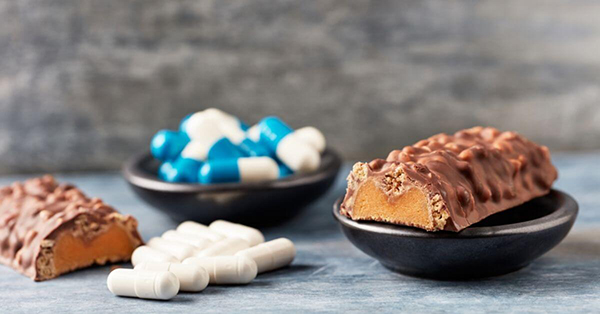
Which foods does creatine contain?
What foods does creatine contain? 100% naturally occurring creatine is found in foods such as beef, herring, mackerel, salmon, etc.
This is why vegetarians often have lower creatine reserves than those who eat fish and meat.
In addition to natural foods, you can increase your body's creatine intake with supplements. Some are even better than natural creatine, especially creatine monohydrate.
How many types of creatine are there?
Creatine supplementation from outside also includes many different types. Learn the pros and cons of each type to know which product you should choose best.

1. Creatine Monohydrate
This is the best form and is also the most common in creatine supplements. What is creatine monohydrate? Creatine monohydrate is made up of a creatine molecule and a water molecule.
They are handled differently depending on the manufacturer, but the effect is often the same if used in equal doses. Two common types are:
- Anhydrous creatine: The water molecule in the creatine monohydrate is removed. The elimination of water increases the amount of creatine in each dose. Anhydrous creatine has 100% creatine by weight, while creatine monohydrate has 90% creatine.
- Creatine micronized: What is creatine micronized? These are broken down into smaller pieces to increase water solubility, thereby increasing absorption into the body.
Advantages
- Creatine monohydrate delivers most of the creatine's effects, such as increased strength, endurance, exercise performance, and improved health issues.
- It also increases the water content of muscle cells, which is beneficial for muscle growth.
- High security.
- Good price.
Defect
- Some minor side effects that have been noted are stomach pain and cramps. However, they only occur if you exceed the recommended dosage. When you cut down on consumption, these signs will be resolved.
This is generally the best type you can choose.
2. Creatine Ethyl Ester
Some manufacturers claim that creatine ethyl ester outperforms other forms, including monohydrates. They claim that its absorption rate into the body is better.
However, many studies have shown that ethyl ester's ability to increase creatine in blood and muscle is less than monohydrate. Therefore, experts do not recommend this type.
3. Creatine Hydrochloride
What is creatine hydrochloride or creatine HCl? This is a type of creatine believed to have superior solubility in water. One study showed that HCl Creatine is 38 times more soluble than monohydrate.
Because of this ability, it is expected to overcome the common side effects of carbohydrates, such as stomach pain. However, this is only speculation.
In fact, there have been no published experiments on the effects of Creatine HCl in humans. Despite great promise, HCl Creatine still needs more research. Until now, experts still recommend monohydrate rather than HCl.
4. Buffered Creatine
Some manufacturers have tried to improve creatine's stability in the stomach by adding an alkaline powder, forming buffered creatine.
They suggest that this form may increase the effectiveness and reduce side effects such as bloating and cramping.
However, research has shown no difference in effectiveness and side effects between buffered and creatine monohydrate.
In general, this form is neither better nor worse; you should use monohydrate for sure.
5. Liquid Creatine
While most creatine supplements are in powder form, others are liquid. Some studies have shown that liquid form is less effective than monohydrate powder.
Also, if you make creatine liquid without using it, it can be damaged after a few days.
6. Creatine Magnesium Chelate
This is the form where magnesium is attached to the creatine molecule. After many comparative experiments, it was concluded that this type's efficacy is equivalent to monohydrate and nothing is superior.
Who should use creatine?
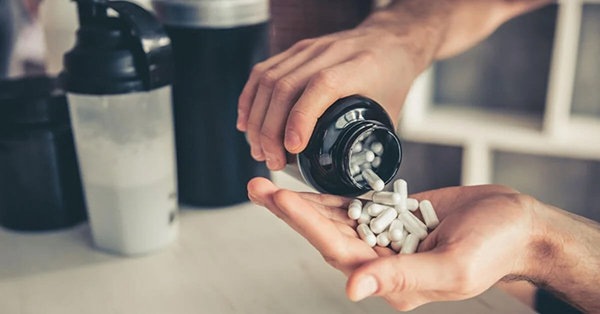
- People need to increase their energy to exercise.
- People want to gain muscle faster and more, reduce excess fat.
- People want to increase endurance.
- People need to increase speed and resilience.
- Participants in intensive training activities who want to achieve high results
Should cutting people use creatine?
Gym people are rumored that no one buys creatine powder when cut.
Why? Do you remember one of creatine's characteristics: water retention in cells causes a person to swell – something you didn't expect when cutting?
In fact, many people still use creatine during cutting and have a good effect.
Remember that cutting not only reduces fat but also must focus on “preserving” the muscle you currently have. During this time, if you focus on losing fat, more or less a part of your muscle will decrease, and creatine will help retain that muscle.
Creatine holds water in the muscle fibers and acts as a protective barrier, helping support, repair muscles, and limit the decline in cutting.
Dehydrated muscles decompose much faster than when properly hydrated. So should muscle creatine be squeezed? The answer is yes.
Should thin people take creatine?
If you are lean and want to improve your weight, aim to increase muscle mass instead of body fat.
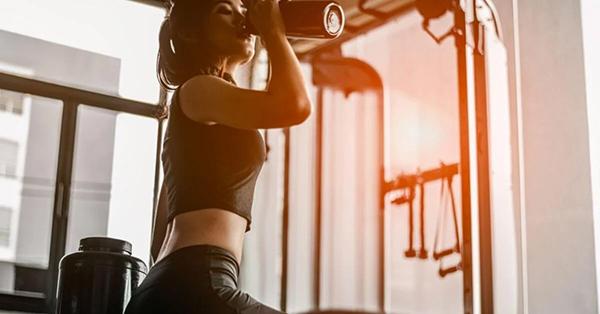
Meanwhile, creatine affects increasing muscle mass and muscle fiber size, helping you get a thicker, firmer body.
So certainly this is a supplementary food suitable for thin people. But of course, it must be combined with exercise with eating to achieve the best results.
How to use creatine effectively.
There are 2 common ways to use creatine:
- Quick loading: For the first 5-7 days, take 20g of creatine daily. Then reduce to 5-10g per day. This method will be effective for people who have never used creatine.
- Load slowly: Take 5-10g of creatine daily.
You should divide it into several drinks per day; each load of about 5g is moderate.
1. How to use creatine?
You can mix creatine with plain water or non-acidic juices. The amount of flour and water depends on the instructions on the product packaging.
It will help if you drink plenty of water because creatine draws water into the cells. Without adequate hydration, the body is likely to experience mild dehydration.
2. When should creatine be taken?
If you exercise, the golden time to replenish this substance is before and after meals. Besides, many studies suggest that you can take it at any time of the day, as long as enough.
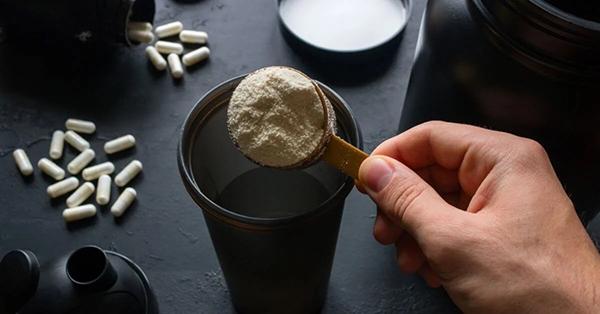
Creatine combined with carbohydrates such as dextrose (glucose) is suitable when taken about 30 minutes before training. Creatine mixed with whey is suitable for muscle recovery and repair after exercise.
Does creatine have side effects?
Is creatine harmful? For safety, creatine is one of the supplements you can be most assured of.
This product has been studied a lot over a long period of time, and no negative signs have been detected.
The side effects of creatine are often “misunderstood”:
- Dehydration, cramps: In fact, studies do not support this idea; even many experts say that creatine reduces cramps and dehydration during resistance training at high temperatures.
- Flatulence, stomach damage: There is no claim that creatine causes this effect. But if you do, try reducing your dose or increasing the time between daily use (about 3-4 hours).
- Liver damage, kidney damage: Is creatine harmful to the kidneys and liver? Research has shown that creatine has no negative effects on the liver and kidneys of healthy people. If you have liver or kidney problems, you should consult your doctor before use.
In general, this supplement will not cause harm if you take the right dose, do not use poor quality products, or are damaged.
Can creatine help your upper body grow better?
New research shows that using creatine can help some muscle groups develop better than others, so learn more through this article.
Most of us know that taking Creatine will strengthen the upper body rather than the lower body, but in new research by Dr. Brad Schoenfeld, they also found it to make muscles bigger than the lower body as well.
How is creatine research done?
Dr. Schoenfeld's team selected 43 men in their 20s to participate in this study.
Everyone will be given either creatine or a placebo for 8 weeks. They will first undergo a 7-day creatine intake phase with 4 doses of 0.03g / kg of body weight per day. Following is a maintenance period for 7 days with a dose of 0.03 g / kg body weight per day.
During that time, they will do four weights each week as follows:
- Monday and Thursday: Chest, hind arms, shoulders, and abdomen.
- Tuesday and Friday: Back, forelegs, thighs, and calves.
Muscle mass was measured before and after 8 weeks using a duel-energy X-ray absorptiometry (DEXA) method.
What do the research results see?
Both the creatine and placebo groups gained significant muscle mass in both the upper and lower limbs, but the creatine group showed better results as expected.
However, it is not expected that the Creatine group's upper body muscles achieve twice as much lean muscle as the lower body and 3 times the rest of the body.
In contrast, the placebo group, although less muscle gain, was more uniform.
The team also noted that creatine is preferred to be absorbed by rapidly twitching muscles and that the lower body possesses less of these muscles. This, therefore, means that the muscles in the upper body develop better thanks to more muscle twitching rapidly to absorb creatine.
What does this mean for you?
Schoenfeld and the team quickly reported that their training program was designed to have more upper body intensity than lower body.
They deliberately designed such an exercise program because they found it suited to a typical body shape, i.e., they wanted to “maintain ecological value rather than the mass balance between body parts.”
So it can be further affirmed that lower limbs are not as well developed because they do not reach the same high intensity as the upper body.
But that doesn't mean to ignore the fact that the lower body possesses less rapid jerky muscle that absorbs creatine. That fact only makes sense in explaining the growth difference between the upper and lower body.
In short, we should increase leg training more, as the body develops in the balance whether you take creatine or not.
(Sources of reference: Joao Pedro Nunes, Alex S. Ribeiro, Brad J. Schoenfeld, et al. “Creatine supplementation elicits greater muscle hypertrophy in upper than lower limbs and trunk in resistance-trained men.” Nutrition and Health, October 2017.)
Some other frequently asked questions about creatine.
1. Can creatine be shared with caffeine?
Some people think that caffeine will take away creatine from muscle cells, so they cannot be used simultaneously. However, research has confirmed that caffeine does not negate creatine's effects, so you don't need to worry about it.
2. Is creatine mixed without drinking immediately damaged?
Creatine is indeed in powder form when mixed into water, but it will be damaged after a few days. However, if you mix and then leave 6-8 hours later, or a little longer before drinking, it is okay.
3. Should creatine be used in powder or tablet form?
- The powder will be absorbed faster than the capsule because it needs more time to digest the outer layer.
- The tablet is more convenient because it is very compact and does not take time to mix.
Each type has its own advantages, so it's up to you to choose.
4. Does creatine increase calories?
- Not because creatine products contain no calories.
5. Should creatine or BCAA be used?
- BCAA's are 3 amino acids that help restore and build muscle.
- If your main need is to keep fit, increase resilience, then you should prioritize BCAA's.
- If your goal is to increase strength, endurance, and muscle mass, creatine will be suitable.
- And if possible, of course, you should get both.
Creatine: How to Best Use It for Muscle Growth Video:
Good creatine products
Currently, there are countless types of creatine brands from large to small on the market, making your selection relatively difficult.
So you have answered the question of what creatine is and all the problems related to it. If you find this is the right product for you, look for quality, genuine products and use them according to the instructions to achieve the highest efficiency.
View more:
- Do You Take Bcaa Before or After Workout?
- Benefits of Fish Oil Capsules for Gym – You Should Know To Avoid Mistake In Use
- Protein Needs By Age You Need To Know To Have Lots Of Energy Every Day
Hopefully, the information above has helped you gain some more knowledge about “creatine bodybuilding benefits” and bring some small value. Please share this article if you feel it is useful. Thanks!
References
Best Selling Creatine Nutritional Supplements:
Wish you find your favorite product!




